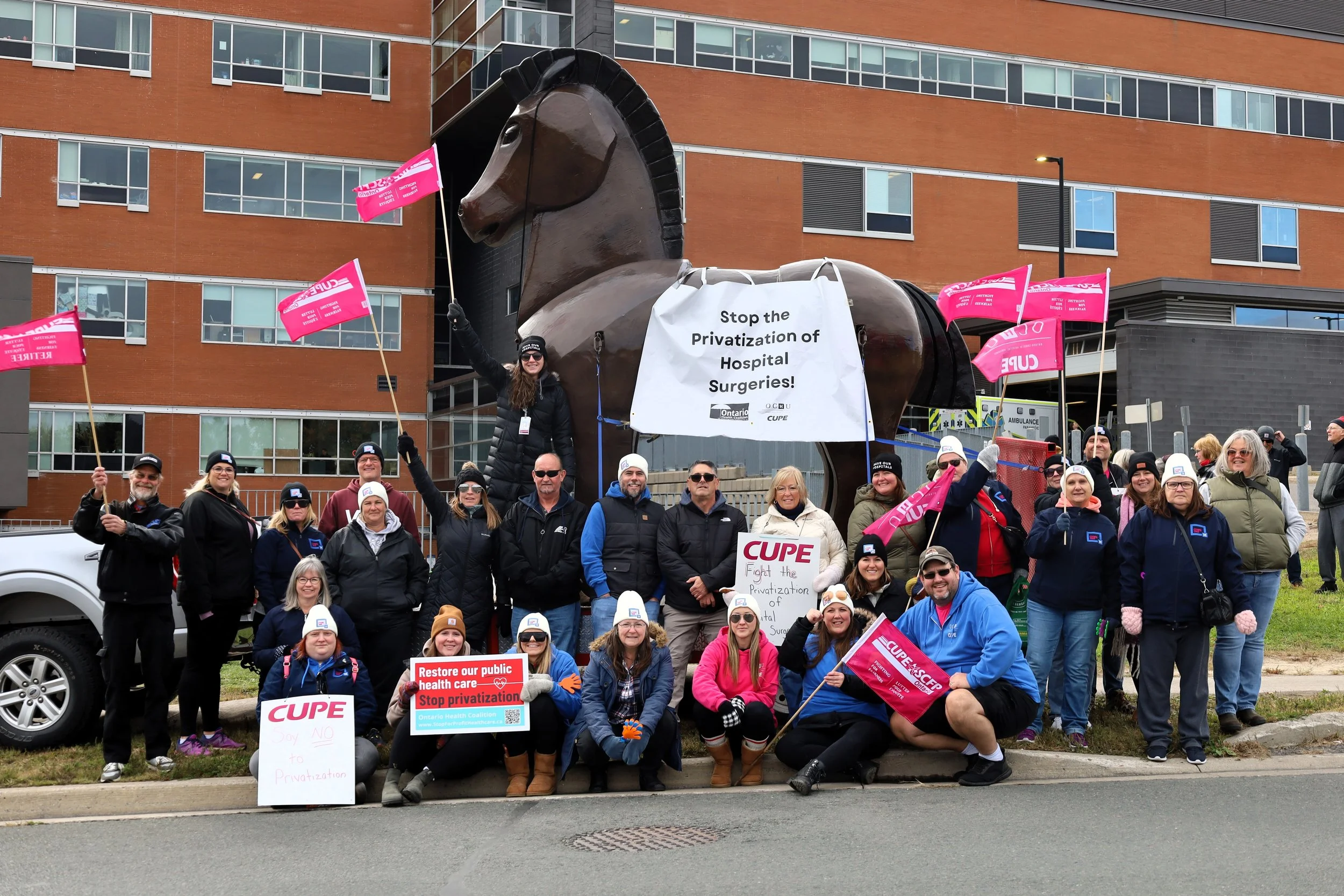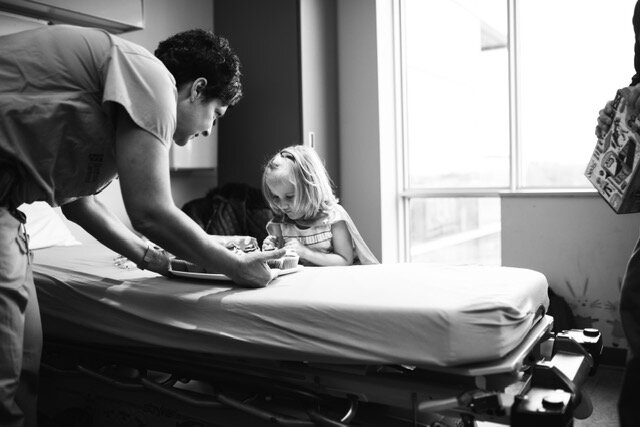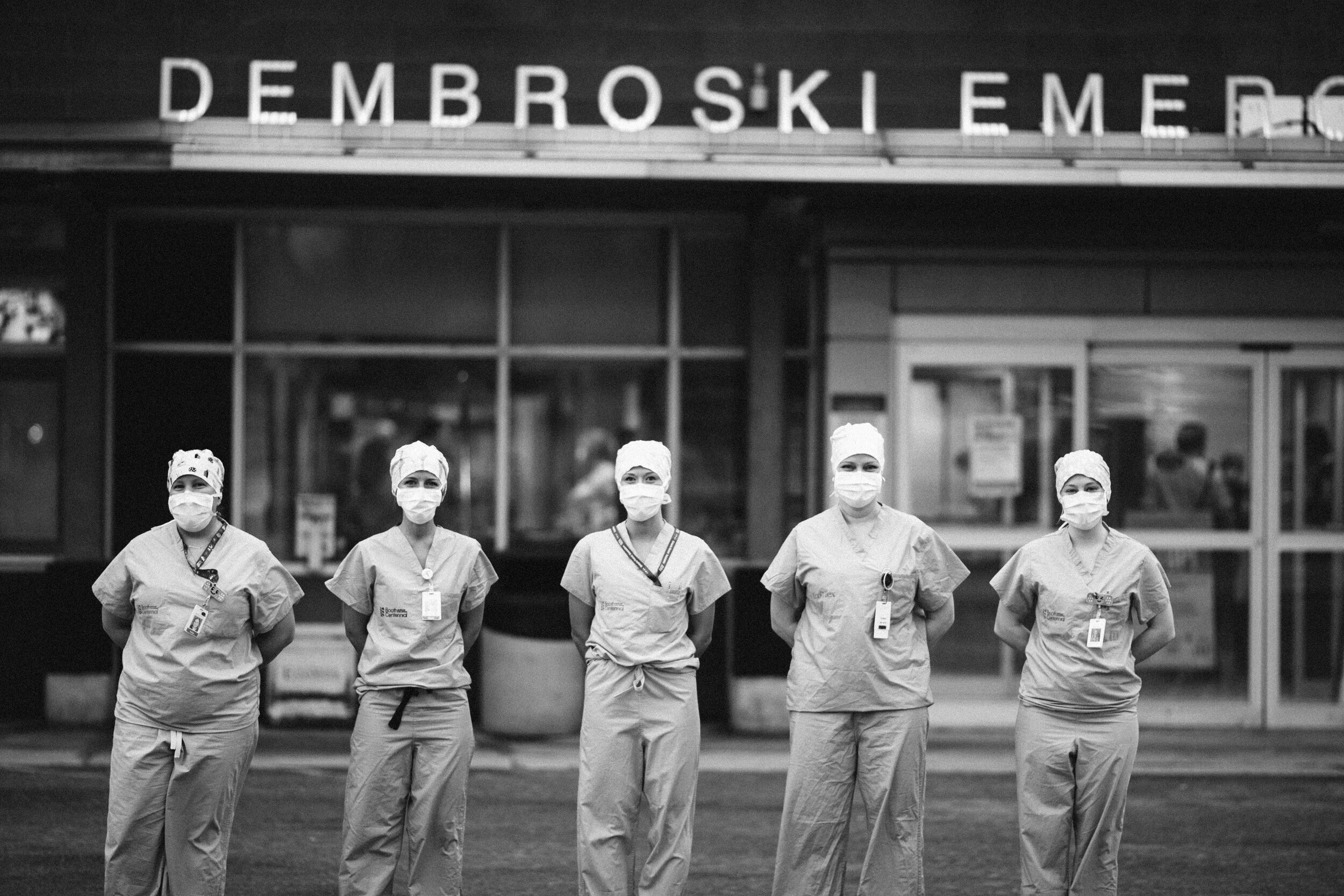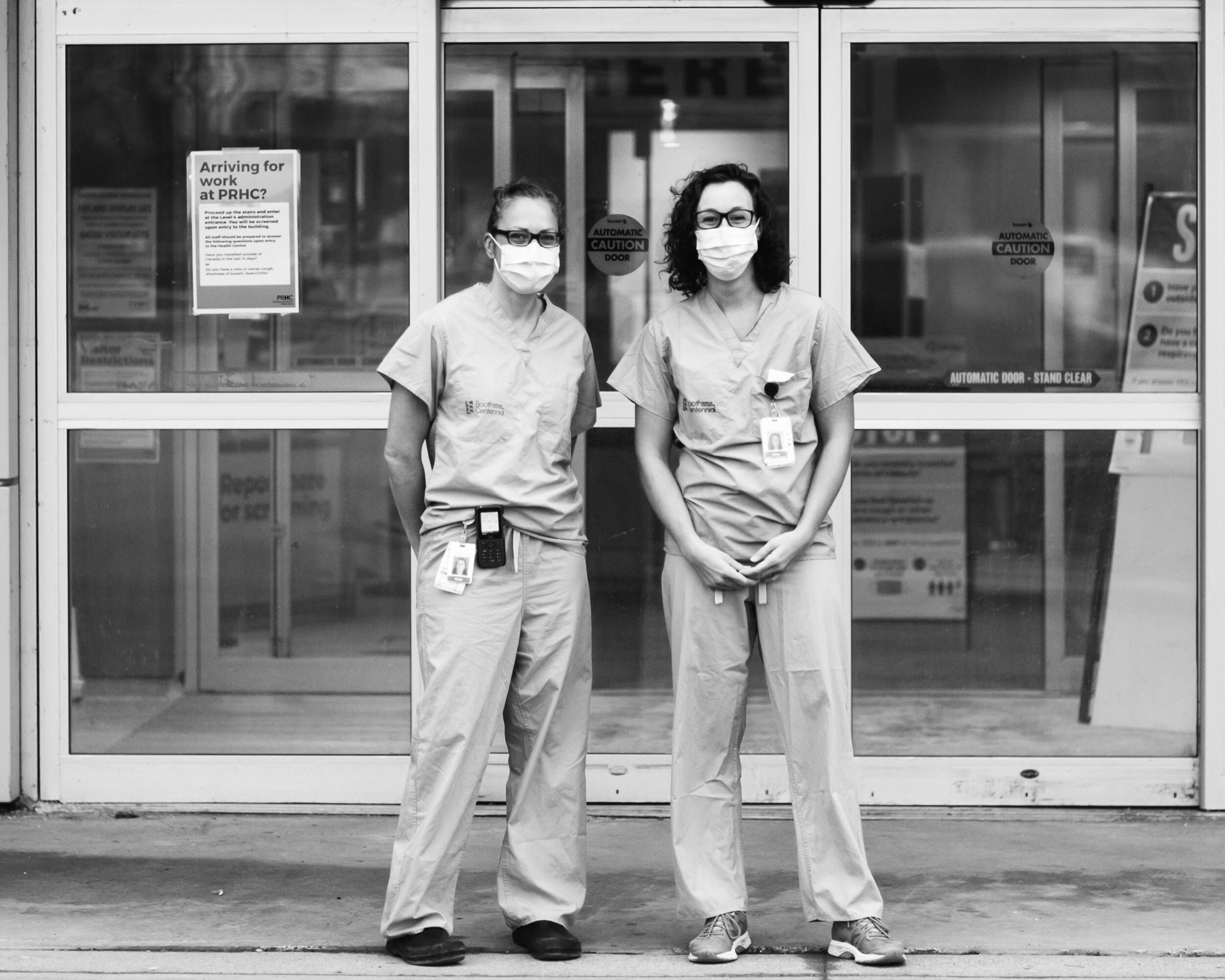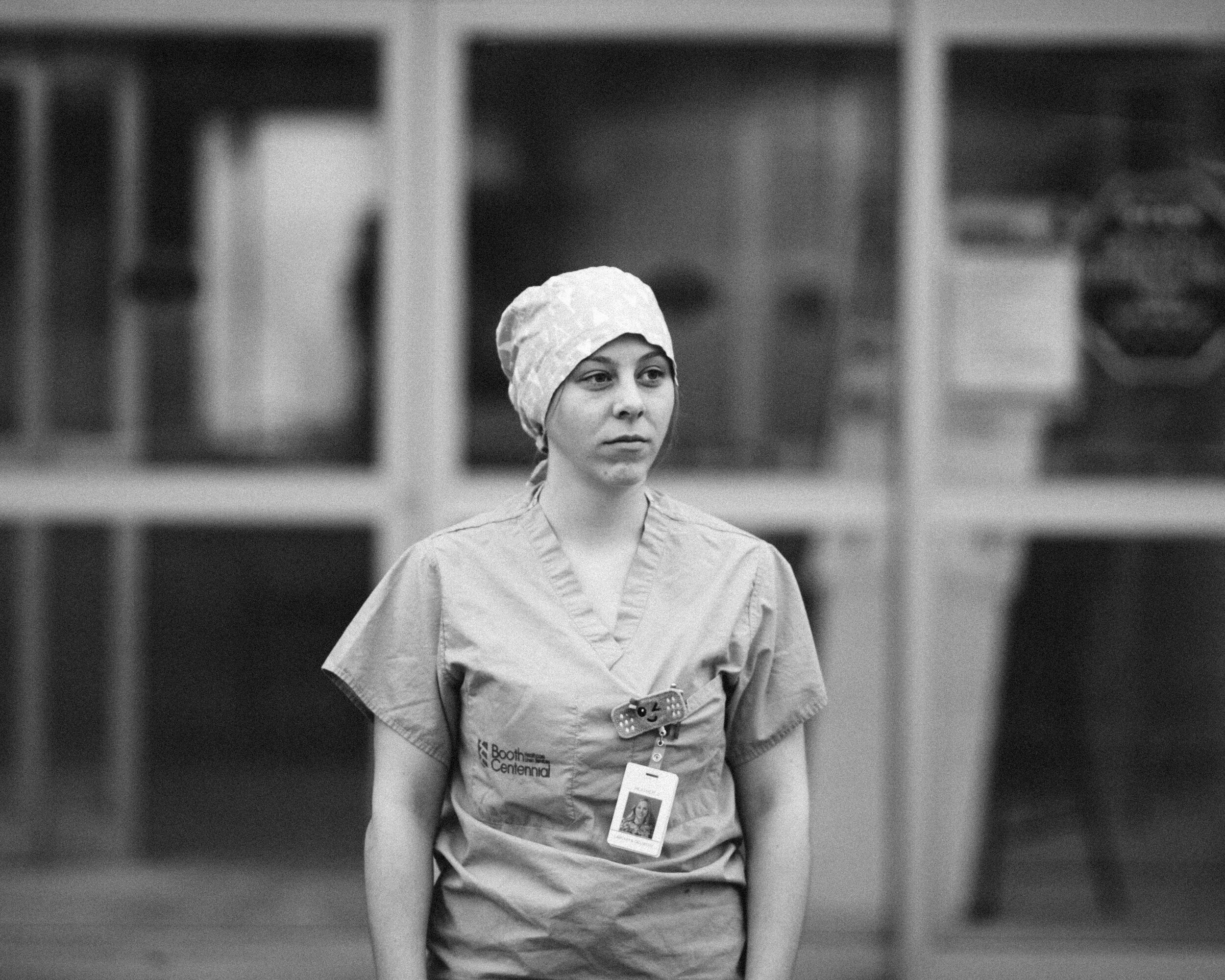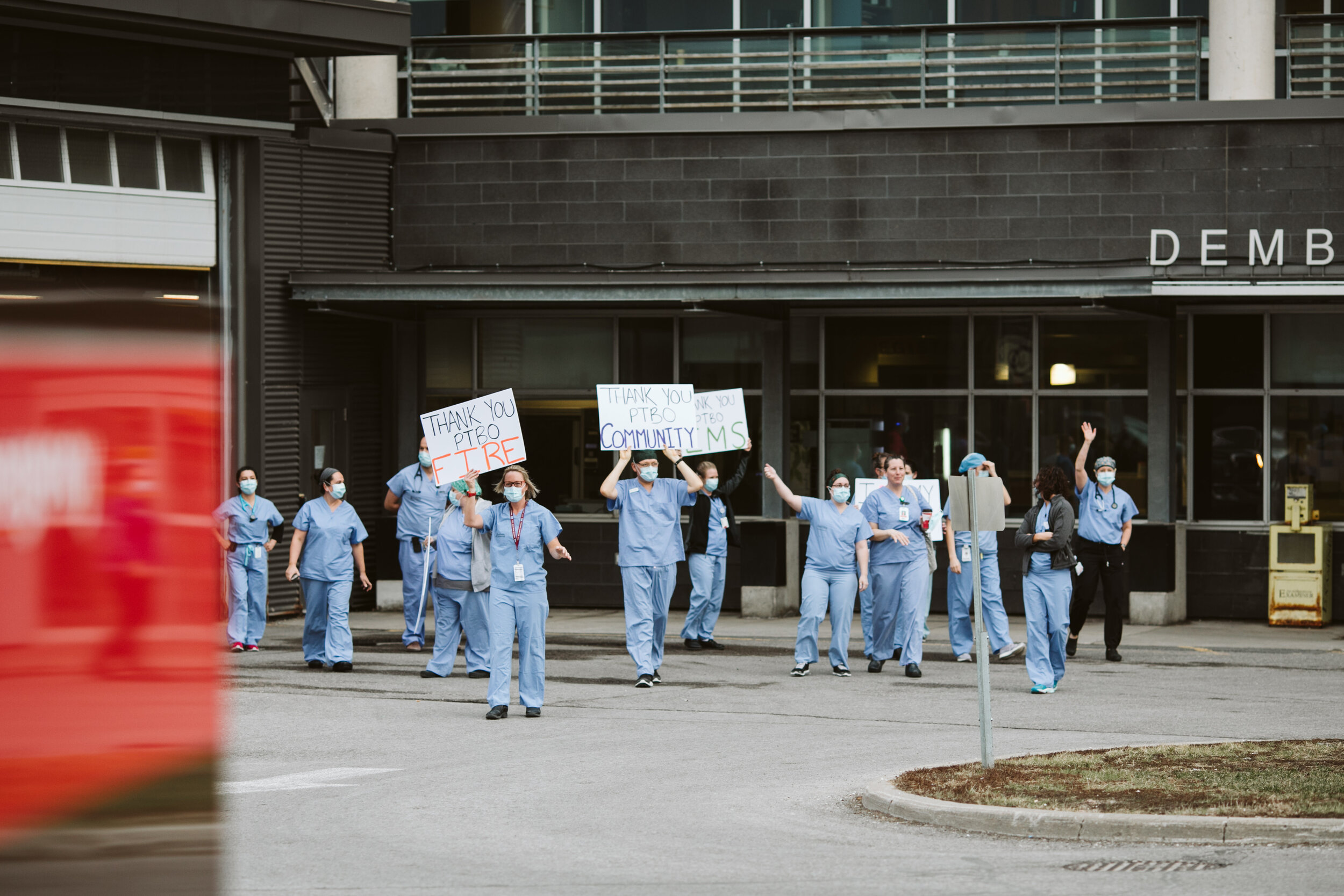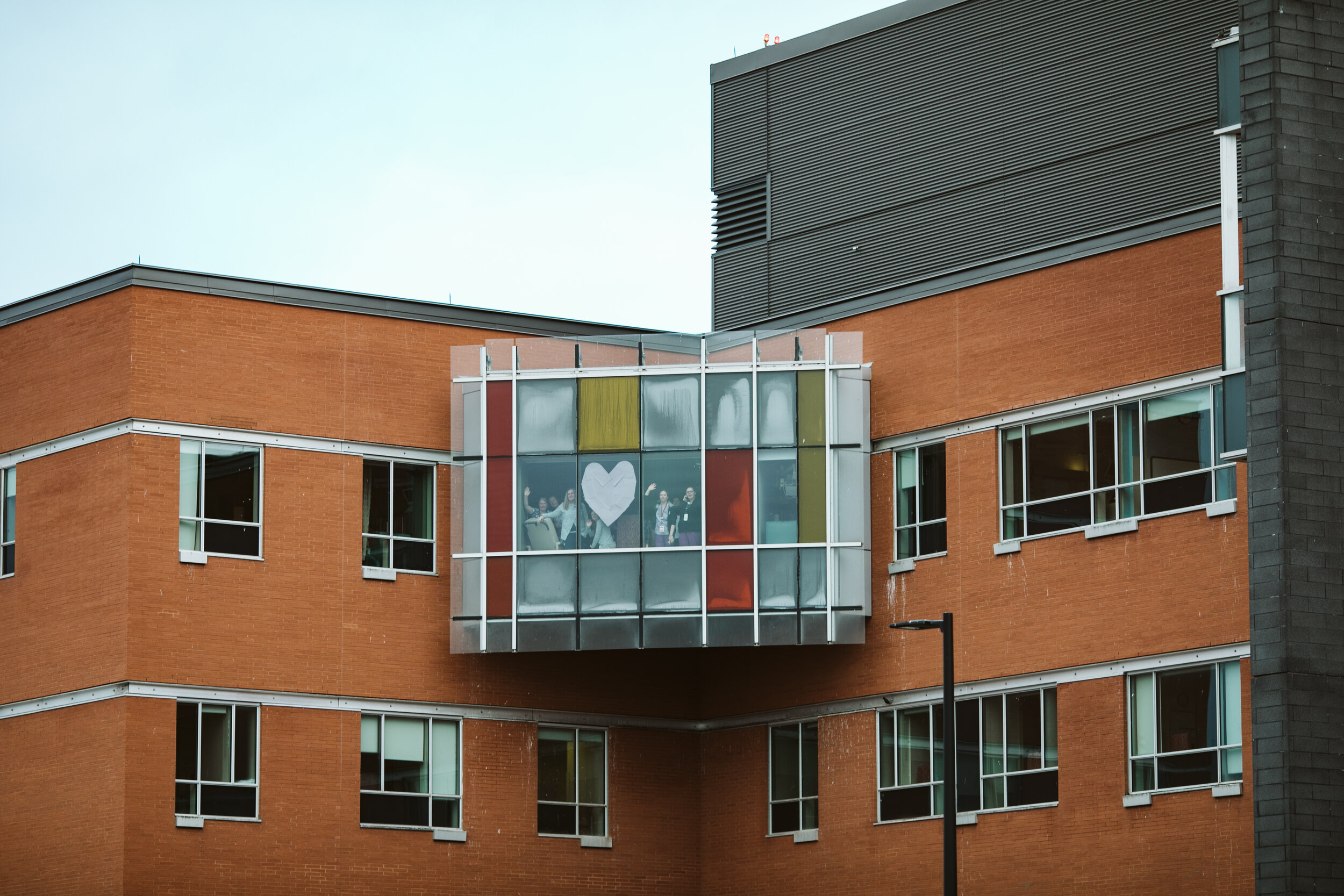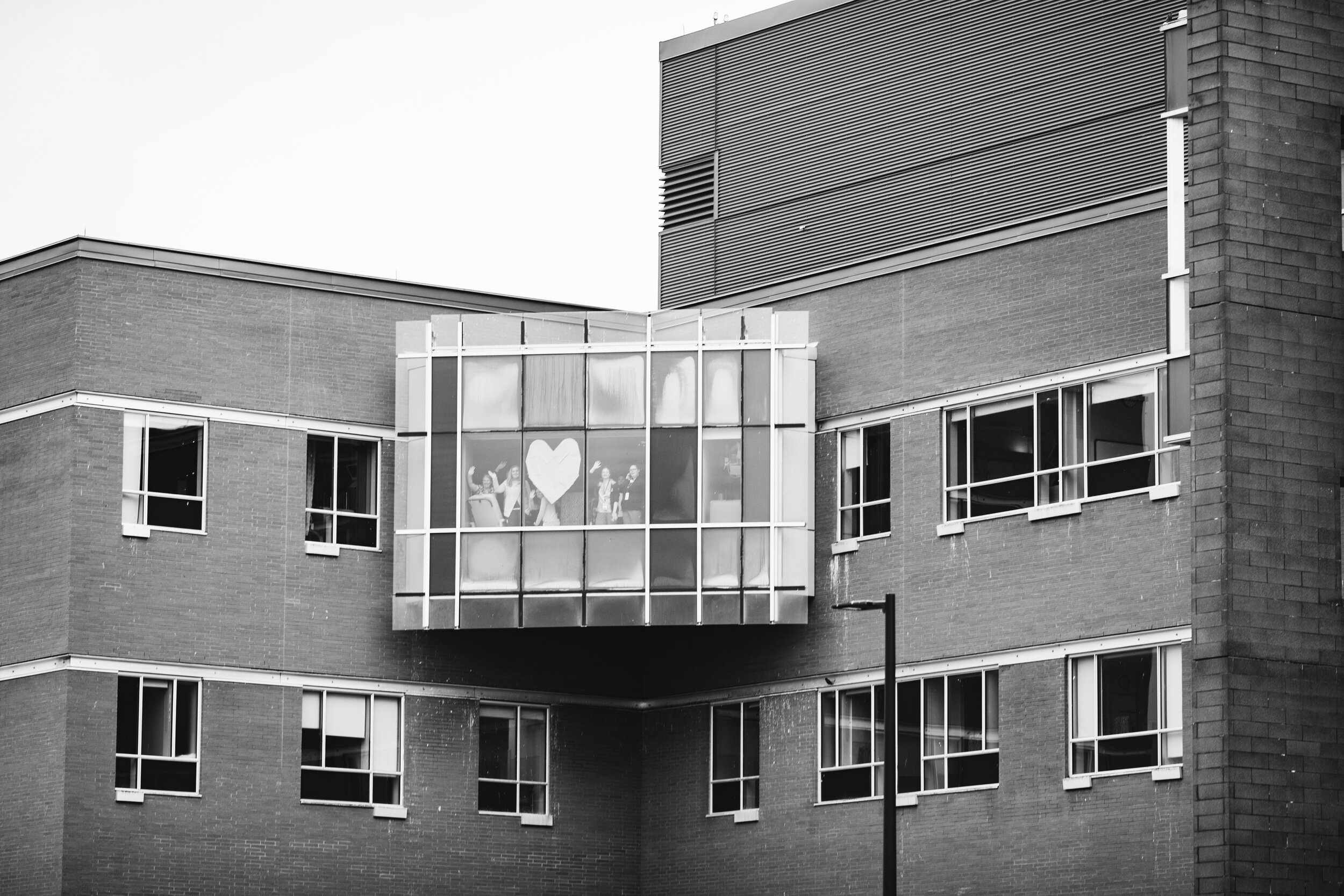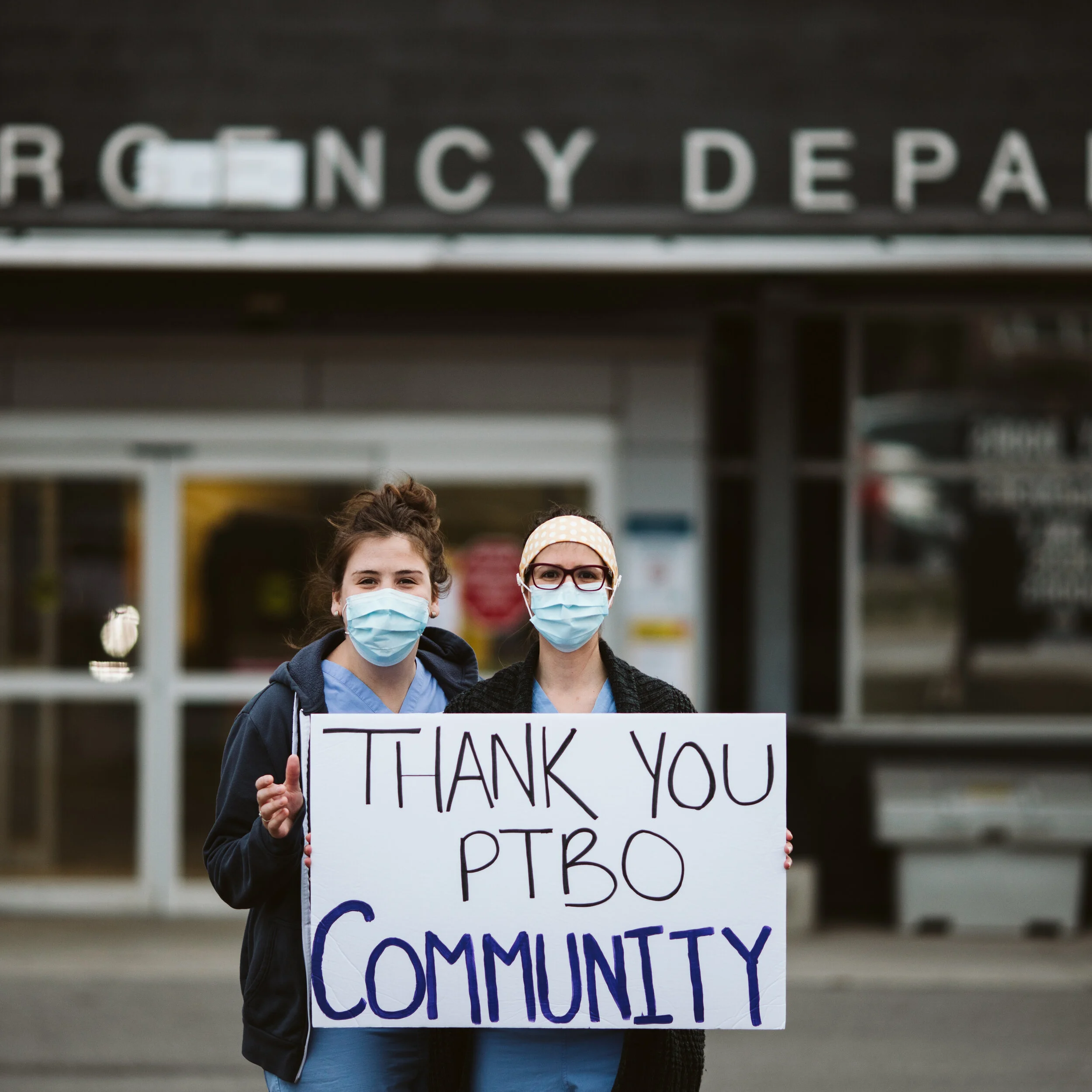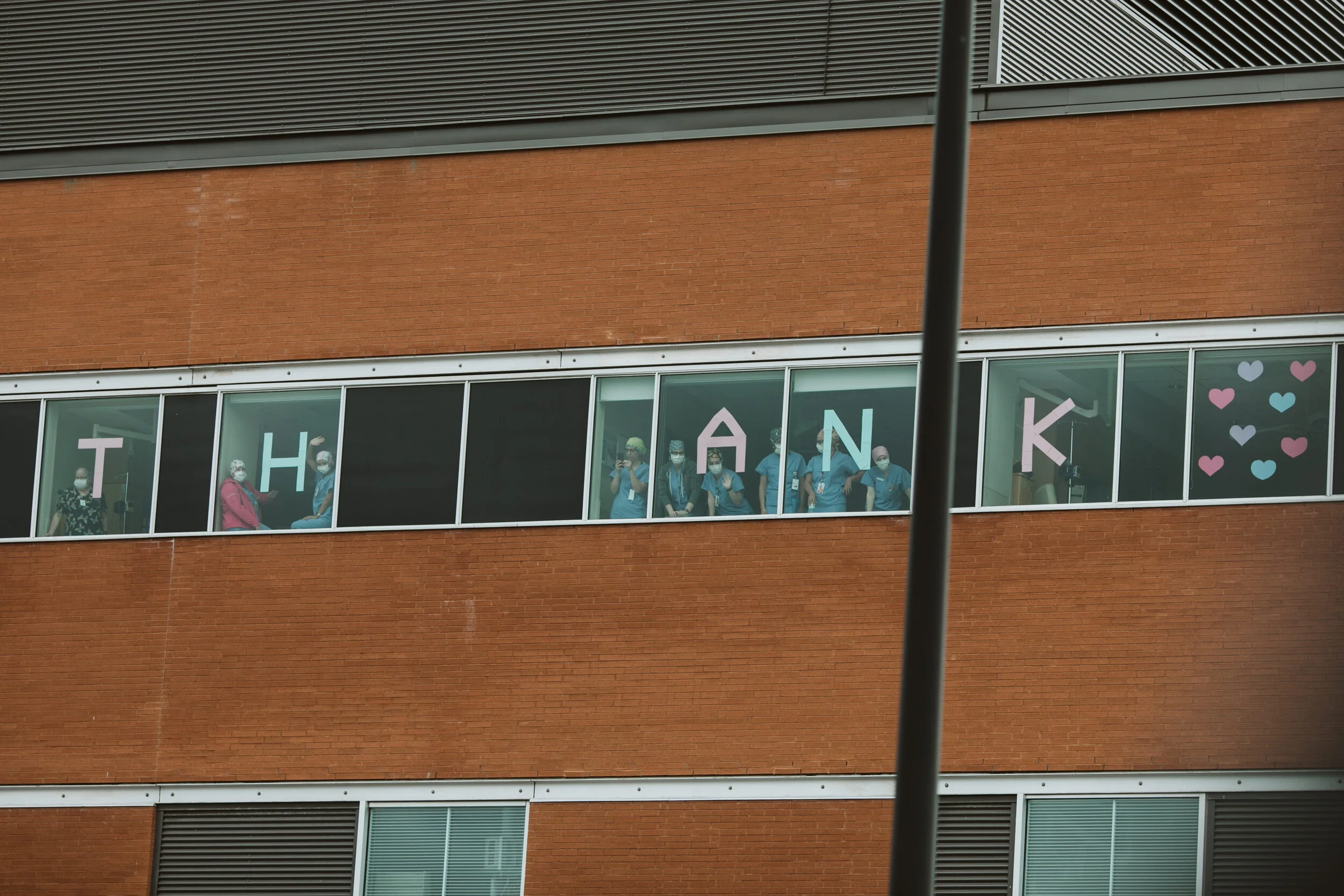The horse is synonymous with Greek mythology. During the Trojan War, the Greeks used a wooden horse disguised as a gift to gain access to the city of Troy and secure a victory. Soldiers were hiding inside the wooden horse as an ambush.
In May of last year, Doug Ford, Ontario Premier, had Bill 60 (Your Health Act) pass legislation to allow private clinics to conduct more OHIP-covered surgeries.
CUPE believes this bill is a trojan horse and disrupts and negatively affects the public healthcare system rather than both being able to co-exist.
“It's actually the opposite,” said Sharon Richer, CUPE secretary-treasurer of the Ontario Council of Hospital Unions. “What it is going to do, (is) create longer wait times, create staffing issues and more hallway medicine that we're already today.”
According to CUPE, $968 million was spent on for-profit staffing agencies last year. The report continues to state that there was an increase of 212 per cent for private, for-profit clinics from 2023-24. This drains resources from the public system, contributing to staffing shortages and long wait times, says Richer.
“If you don't have the money, you're not going to be moved up into the line and the waitlists are going to grow longer here and that private clinics are only going to take healthy patients,” she said. “What's going to be left for the hospitals are people with medical issues on top already with the surgery that they're having so it's going to create longer wait times.”
While CUPE says it has not affected the PRHC for now, they have already seen its effects elsewhere in Ontario.
“In Don Mills, people are going to have their cataracts done at a private clinic and they're charging OHIP, $1,269 where if they have it done in a public hospital, it costs OHIP $508,” explained Richer. “This is almost two-and-a-half times more. This is our public taxes paying for these private clinics to make a profit and this is why we're sounding an alarm.”
CUPE’s solution to the problem is funding public health care. According to their report, Ontario has the fewest beds per 1,000 people across the country and the lowest staffing levels. They want increased healthcare funding in the public sector and to stop privatization.
CUPE hopes the trojan horse sends a message to Doug Ford and the Conservative government about reconsidering privatized healthcare.
“We're going across the province, we have 61 stops in various communities and we're talking to people,” concluded Richer. “There will be an election coming up in the spring and people need to make sure healthcare is the number one topic in this election and they need to force Doug Ford to repeal the Bill. If we get a new government, the government needs to repeal the privatization for the clinics, Bill 60.”

